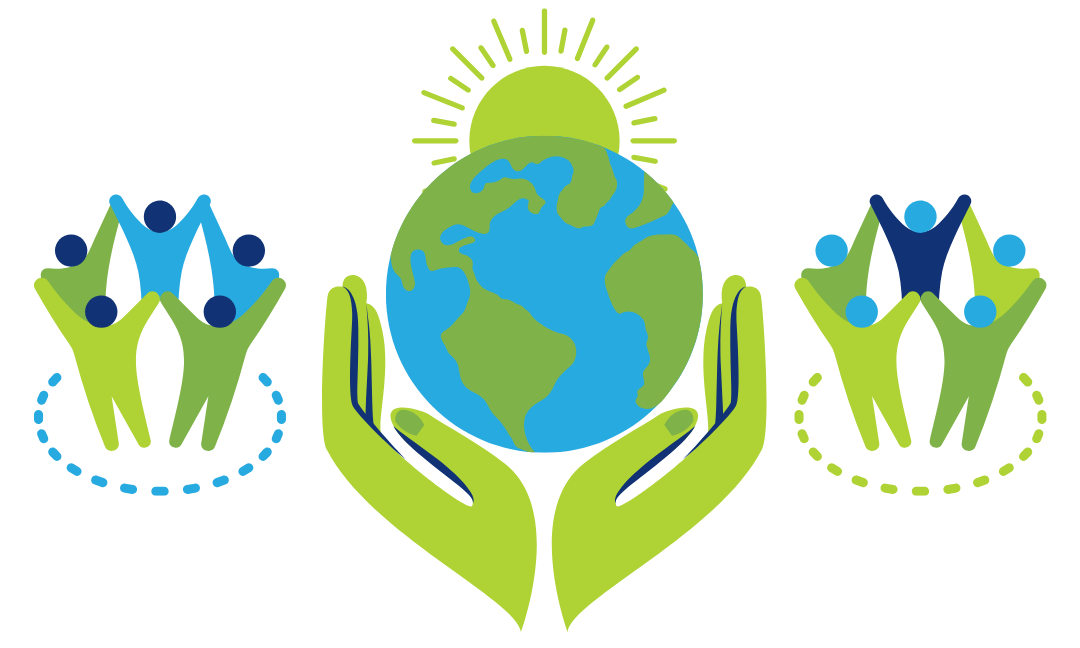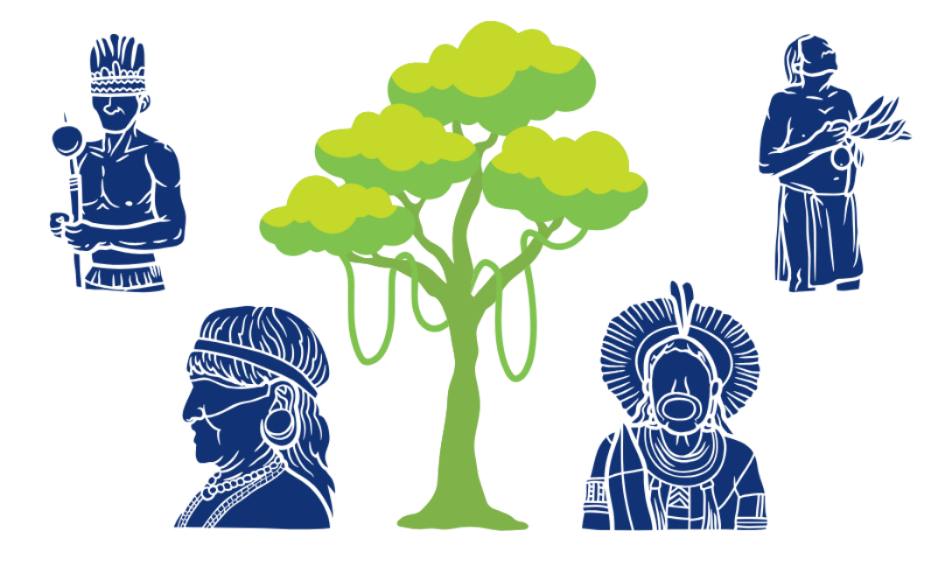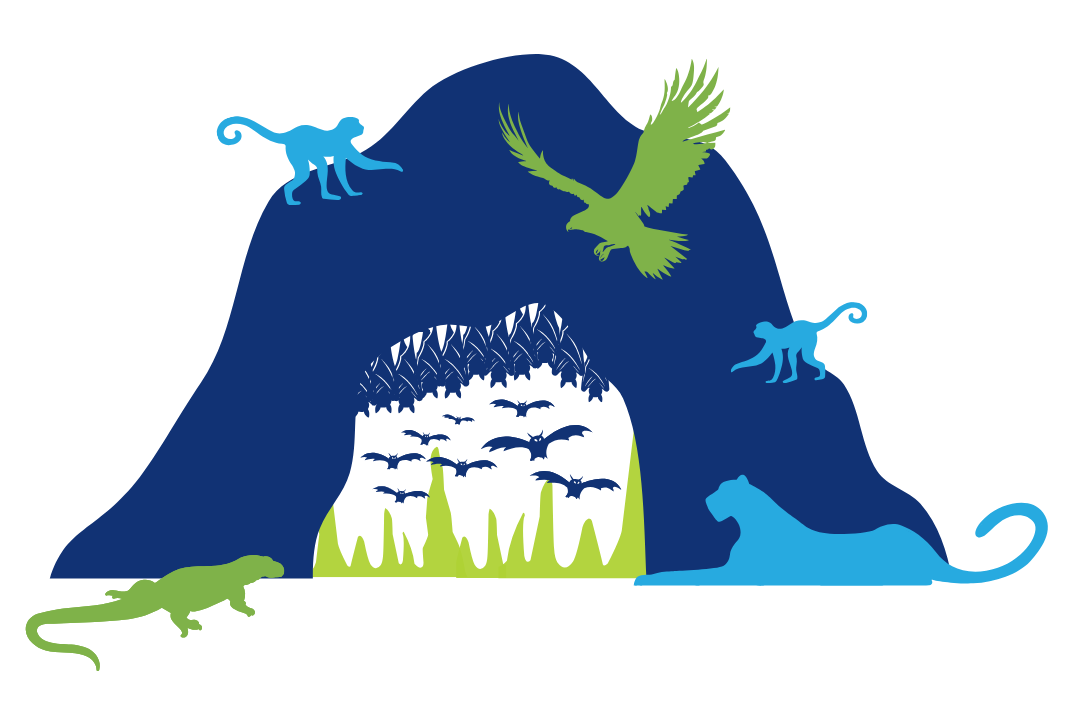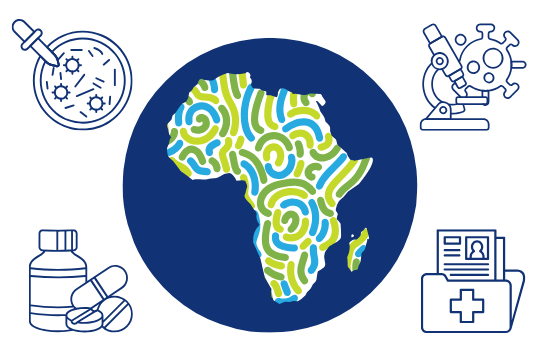
In this episode, Thomas Van Boeckel tells us about how aquaculture might be helping drive the rise of drug-resistant superbugs around the world.
Three-quarters of antibiotics sold globally go to farmed animals. Some of these animals are fish and shrimp.
Thomas Van Boeckel studies the rise of antibiotic-resistant bacteria and other drug-resistant microbes at the Department of Environmental Systems Science at the Swiss Federal Institute of Technology– known as ETH Zurich. He’s also a visiting fellow at the One Health Trust.
People need to pay attention to the use of antibiotics in aquaculture, he says. No one’s even measuring it right now, he tells host Maggie Fox. And the problem in aquaculture is similar to the problem in intensive farming everywhere. Farmers use antibiotics as insurance. “There are so many fish packed in such a small space that there would be a big loss for the fish farmer is he or she loses production so the use is mostly preventive,” he says. “If you have conditions where animals are packed all together—look at this from the perspective of a pathogen.”
Maggie Fox
Hello, and welcome to One World, One Health with the latest ideas to improve the health of our planet and its people. I’m Maggie Fox.
Planet Earth faces many challenges: pollution, climate change, and new and reemerging infectious diseases. This podcast is brought to you by the One Health Trust with byte-sized insights into ways to help.
In this episode, we’re chatting with Thomas Van Boeckel who studies the rise of antibiotic-resistant bacteria and other drug-resistant microbes around the world. He’s at the Department of Environmental Systems Science at the Swiss Federal Institute of Technology, also known as ETH Zurich. He’s also a Visiting Fellow with the One Health Trust. Today we’ll ask Dr. Van Boeckel specifically about the use of antibiotics in aquaculture, think fish and shrimp farming. Thom, thanks so much for joining us.
Thomas Van Boeckel
Nice being with you Maggie.
Maggie Fox
First off, let’s ask about aquaculture. Is that just fish farming?
Thomas Van Boeckel
Well it depends how you define it, but the sort of broad definition that we took in our work is to include anything that is farmed by humans and comes from the water and that is an animal.
Maggie Fox
Where is this happening most often? Which countries have these big fish farms?
Thomas Van Boeckel
So aquaculture has been around for centuries, throughout China and most of most of southern Asia. And this has remained sort of the global focal point where, you know, close to 90% of the fish farmed in the world are in South Asia.
Maggie Fox
And why do they use antibiotics?
Thomas Van Boeckel
So for the same reason, we use antibiotics, except the use has been a bit more systematic than for us humans. So they use antibiotics to treat disease and most often to prevent disease. And in particular, in Southeast Asia, there’s been some surveys saying, you know, suggesting that the use of antibiotics is really quite systematic in the production of fish.
Maggie Fox
Now, my understanding is with other types of agriculture, livestock, cattle, pigs, that sort of thing. One reason there’s heavy use of antibiotics is because there are lots of animals crowded into a small area, and disease can spread very quickly.
But it also helps make some of the animals grow faster and better. Is that right?
Thomas Van Boeckel
That might be the case. I’m less aware of a lot of studies that have sort of pointed out to this effect for fish. I think that the primary reason why antibiotics are used in fish is really as kind of an insurance policy. So as you said, there’s so many fish packed in such a small space, there will be a big loss for the fish farmer if he or she loses the production.
So I think the use is mostly preventive. There might be some evidence of growth promotion. But there’s no overwhelming evidence of use for that purpose.
Maggie Fox
So it’s because these animals are packed in and disease could spread very quickly among them?
Thomas Van Boeckel
Yeah, absolutely. So if you have conditions where animals are packed all together, you know, look at this from the perspective of pathogens, that’s of course, something that’s very attractive, and we don’t want to make it attractive for pathogens when we have a farm full of fish.
Maggie Fox
So how much does aquaculture account for in terms of antibiotic use as compared to use in livestock such as cattle, chicken, or pigs?
Thomas Van Boeckel
Now study a couple of years ago, we estimated that agriculture might consume up to 10,000 tons every year. So that would represent somewhere between 5 and 10% of the global production of antibiotics in 2017.
So it’s still sort of fairly modest compared to animals and humans, however, bear in mind that we know very very little about what might be going on in terms of antibiotic use in fish, and there’s considerable uncertainty, as a result of these small numbers, there’s considerable uncertainty on this figure of 10,000 ton and our upper bound for the confidence interval on that figure would be up to 50,000 tons per year.
Maggie Fox
I think you’ve reported before that three-quarters of all antibiotics used around the world go to animals instead of people. Is that right?
Thomas Van Boeckel
Yeah, that’s right, as far as we know. Given the evidence available for both humans and the animal sector. So humans and animals in terms of intensity of use unit of biomass, they use more or less the same, the same amount.
However, given the fact that we farm so many animals for food, we end up having almost three-quarters 73% to be precise, of the antibiotic sales worldwide that are used in the animal sector.
Maggie Fox
And what does that mean for people?
Thomas Van Boeckel
Oh, that’s the billion-dollar question. So there’s been sort of contrasting evidence about that, depending on which category of drug and pathogen, you consider. For some, there seems to be a very direct link between the use of antibiotics in animals and infections in humans. That’s the case of MRSA. Pig farmers, for instance, had infections that perhaps have animal signatures. So it was for other drug/bug combinations there seems to be much less evidence of transfer between animal and human.
So the true answer is, we don’t really know, but given the volume of drugs, using animals, I would say there are reasons to be concerned.
Maggie Fox
So because these antibiotics are being used in the animals, the animals are exposed to them. And that means that the germs that are already in their body can evolve differently and develop resistance to the antibiotics.
Thomas Van Boeckel
Exactly. So what’s happening is that the germs that don’t have the chance of carrying this drug resistance genes. While they won’t make it, the drug will get them. Whereas the bugs that do carry these resistant genes, well, they will thrive in that environment, they’re not stopped by the drug.
Now, if you happen to eat a piece of meat, or touch an animal that is carrying those drug resistant pathogens, this pathogen may then cause an infection in you. And if you end up in the clinic, the doctors will have quite a bit of difficulty treating you because the drugs simply won’t work.
Maggie Fox
So does this mean that the fish, the shrimp, the mollusks that are sold from these farms are carrying the germs with them when they leave the farms?
Thomas Van Boeckel
They might. And that’s the whole problem.
Maggie Fox
So the biggest use here appears to be in low- and middle-income countries where populations are apparently demanding more and more protein as they grow. And I guess they’re becoming big customers of these farms. How can the world cut back on this antibiotic use fairly?
Thomas Van Boeckel
Well, first of all, I’d like to correct your question in two small ways. Like, I think what’s happening with population growth and increased demand for meat and fish in low- and-middle income countries. That’s no different than what we have done in the West for about 70 years.
The other aspect is that a lot of the fish and particularly shrimp that is being farmed, let’s say in South India, or in Vietnam, and Thailand is actually intended for the Western market as well.
So I think it’s, it might be a low- and middle-income country issue that is sort of mostly driven as well by sort of our demand in the West.
Maggie Fox
So Western countries want these foreign products, which are farmed then in the low- and middle-income countries.
Who is at bigger risk from antibiotic resistance caused by this use of antibiotics and farms: the local people who are farming them, the customers, is it an equal risk?
Thomas Van Boeckel
It’s an excellent question. We don’t really have a sort of a systematic answer to that, at this stage because I’m not aware personally of sort of a global survey that try to look at this issue in terms of occupational exposure for the workers or customer exposure from the people who eat those products and comparing sort of the rates at which they get the bugs across different countries.
Maggie Fox
My understanding is, this is a type of research, you’re advocating for that you’re starting to do this global mapping of where this is happening.
Thomas Van Boeckel
Yeah, it’s been a few years that, you know, what prompted this initiative to try to map antibiotic resistance in fish and in terrestrial food animals was essentially that there was little systematic surveillance being done across low- and middle-income countries. And so what we started to do with my team and with some friends at Princeton, was to try to collect every little individual point prevalence survey that had been done in various countries around the world by local veterinarians or local microbiologists who were looking for drug-resistant bacteria.
And what we tried to do is mainly to put all of this together and do some clever statistics to try to produce these big maps of resistance around the world. And the purpose of those maps is to try to give that to policymakers, to try to target the intervention, reinforce surveillance in the areas where surveillance is needed, and sort of use that as a basis for action.
Maggie Fox
So what can you do once you know where this is happening? What can you do about it? How can you get people to cut back on this antibiotic use?
Thomas Van Boeckel
So I think what’s been a driving factor both in humans and in animals is trying to improve hygiene conditions, you know? So much antibiotics are used because people get an infection in the first place. And so if you can prevent that from happening by embracing good hygiene practices in humans like increasing washing your hands and having access to safe water and sanitation. In animals, it will be sort of implementing frequent cleaning between production cycles. And that’s really what the countries that have cut down on antibiotic use in animals have succeeded in doing.
Maggie Fox
What has the industry been able to do to protect fish and other animals used in aquaculture against some of these antibiotic-resistant diseases?
Thomas Van Boeckel
So there’s been some success stories like the case of the salmon farming. So the salmon industry, which used to be associated with some of the highest rates of antibiotic use back in the 80s and 90s, has kept that to a very, very limited level, and that is thanks to vaccines.
In particular, they use vaccines to protect against furunculosis. But now, the problem, instead of telling that story, is that we tend to mix the salmon story with the story of aquaculture as a whole, because salmon is one of the main species that is farmed and consumed in Western countries. However, the fish that are most found in the world are species of carps that are found in China, in SouthAsia in particular. And about those, we know almost nothing about the amount of antibiotic that is used to farm them or about the resistance level associated with these fish.
So I think we need to be very careful in trying to pitch the story of salmon that represents only 4% of the global production of aquaculture, as the story of agriculture as a whole. And I think there are still many sorts of gray areas where we need to have more data to draw conclusions about what the industry as a whole is capable to do to reduce antibiotic use and resistance.
Maggie Fox
So there’s this vaccine that protects salmon against one disease. Why can’t you just deploy that more broadly?
Thomas Van Boeckel
I would certainly encourage developing more vaccines against more diseases that can affect fish. But it will be a huge endeavor I think to try to develop and commercialize a vaccine against every disease that affects every fish.
It’s very important to understand that we’re farming many, many different species of fish as opposed to livestock where we mostly farm four or five species of livestock. So in the short term, we’re stuck with antibiotics if we want to keep raising fish in quantities that we want.
Maggie Fox
Thanks so much for chatting with us, Thom.
Thomas Van Boeckel
You’re welcome.
Maggie Fox
Listeners can share this podcast which is brought to you by the One Health Trust by email, Twitter, or your favorite social media platform.
And let us know what else you’d like to hear about it. O, W O, H that’s [email protected]. Thanks for listening!
Guest
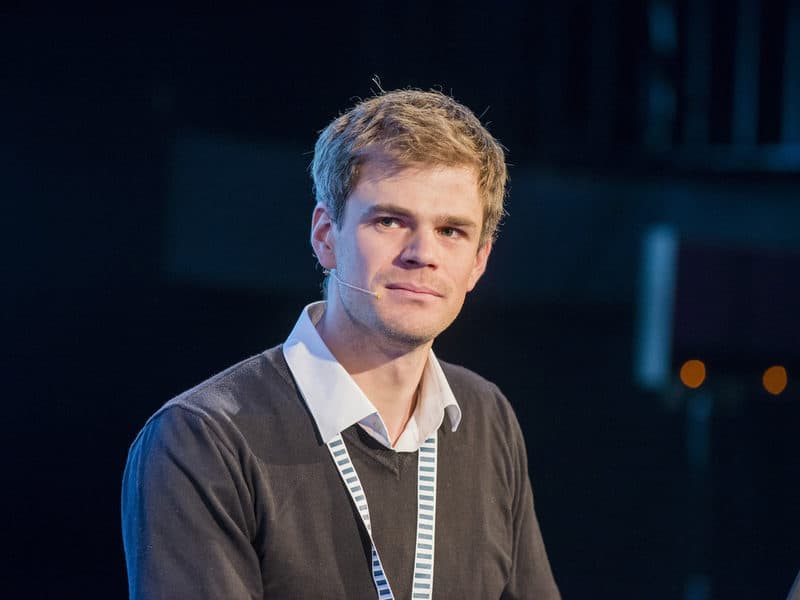
Thomas Van Boeckel is a spatial epidemiologist at ETH Zurich and SNF Assistant Professor. Thomas develops maps of antimicrobial resistance (AMR) and explores economic incentives to reduce antimicrobial use (AMU) in animals. The work aims to inform policymakers on a global level to address the rise of drug-resistant pathogens in animals. His research areas include AMR, disease mapping, and livestock production systems. Thomas is pioneering the development of a platform to centralize epidemiological data collection on AMR (resistancebank.org). He is the author of ‘Global Trends in Antimicrobial Resistance in Animals in Low- and Middle-Income countries’ (Science) and ‘Global Trends in Antimicrobial Use in Food Animals’ (PNAS).
Credits
Hosted and written by Maggie Fox
Special guest: Dr. Thomas Van Boeckel
Produced and edited by Samantha Serrano
Music composed and sound edited by Raquel Krügel
Transcript created by Harsh Pingle



